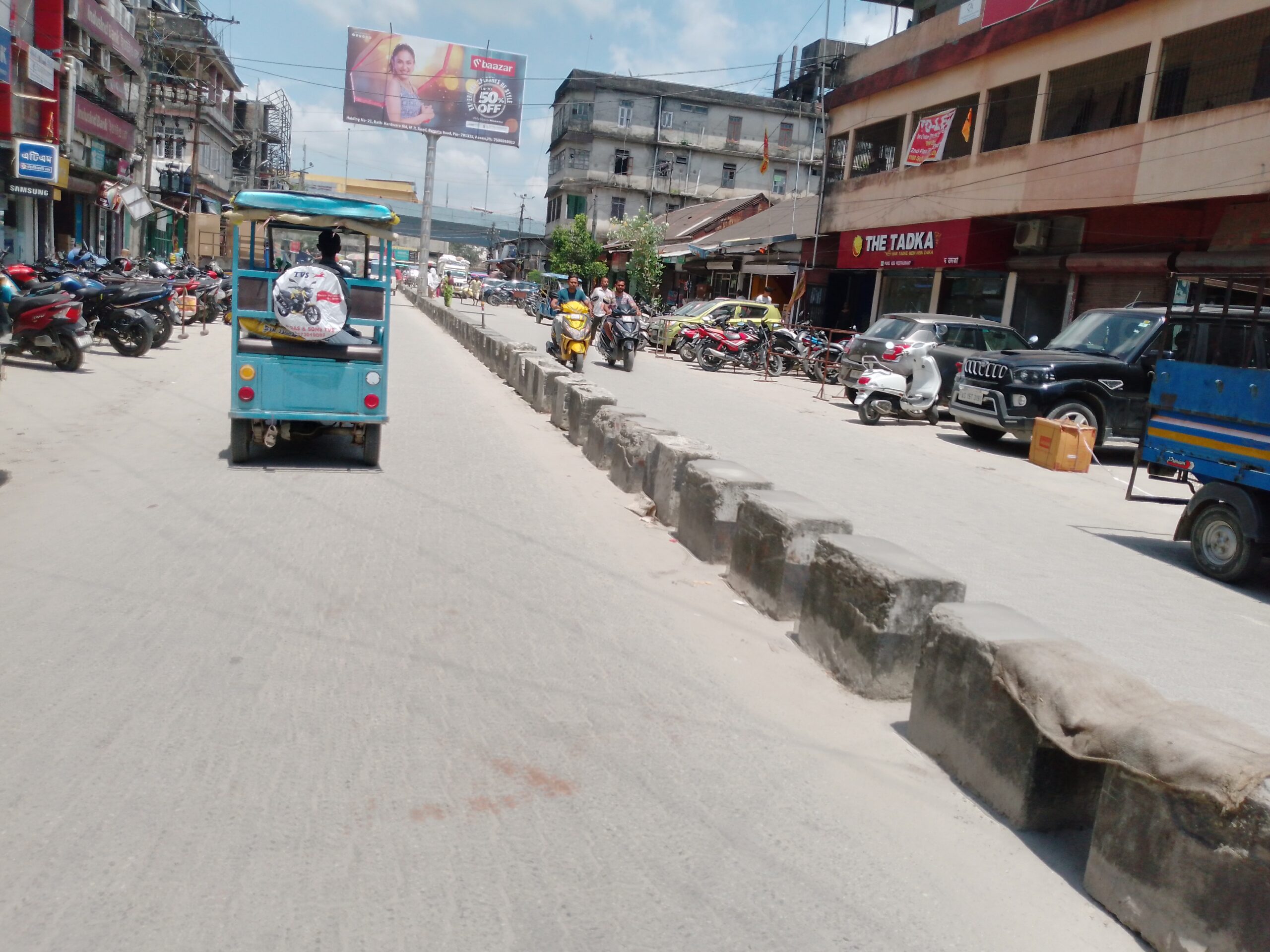Nestled in the western part of Assam, Barpeta is a town that resonates with cultural richness, historical significance, and spiritual heritage.
Known for its close association with the 15th-century saint-reformer Srimanta Sankardeva and his disciple Madhavdeva, Barpeta is one of India’s oldest towns with a profound contribution to Assam’s socio-religious and cultural evolution.
Despite its immense historical and cultural value, Barpeta has long remained under the radar of meaningful government attention and infrastructure development.
A Glorious Past: The Cradle of Neo-Vaishnavism:
Barpeta’s identity is deeply intertwined with the Neo-Vaishnavite movement started by Srimanta Sankardeva. The town is home to the famous Barpeta Satra, a spiritual and cultural institution founded by Madhavdeva in the 16th century. Satras, the unique Assamese monasteries established under this movement, have not only served as religious centers but also as institutions of art, culture, education, and community development.
The Barpeta Satra is renowned for its architectural beauty and the egalitarian principles it upholds, where followers from all castes and communities are welcome. This heritage has given Barpeta a distinct place in Assam’s and India’s spiritual map, making it a potential hub for heritage tourism and cultural studies.
A Center of Art, Culture, and Music:
Barpeta has been a thriving center of Assamese classical music, mask-making, handloom, and traditional dance. The Borgeet (devotional songs), Ankia Naat (spiritual plays), and traditional musical instruments like khol, taal, and mridanga have been preserved and promoted through generations in Barpeta.
Artists and cultural workers from this town have contributed immensely to preserving Assam’s folk traditions. Despite its cultural wealth, Barpeta lacks institutions for formal training, research, or promotion of these art forms. Government support in the form of academies or cultural promotion schemes could revitalize local art forms and provide employment opportunities to artisans.
Current Challenges Facing Barpeta:
While Barpeta enjoys historical and cultural prominence, the town faces a multitude of modern-day issues that need immediate attention.
Lack of Infrastructure Development:
Basic infrastructure in Barpeta—roads, drainage systems, public transport, and digital connectivity—is still subpar. The town has not witnessed the kind of development that would be expected of a cultural and historical center. Poor road connectivity with other major cities and insufficient internal road networks restrict trade, tourism, and mobility.
Unemployment:
Barpeta has a large number of educated youth, but the lack of industries and employment opportunities has led to massive migration to cities like Guwahati, Delhi, and Bengaluru. Despite its rich resources and skilled population, Barpeta has not attracted industrial or entrepreneurial investments, largely due to policy neglect and lack of infrastructural support.
Neglected Tourism Potential:
With places like Barpeta Satra, Manas National Park (a UNESCO World Heritage Site nearby), and the scenic Brahmaputra river basin, the district is a treasure trove for eco and heritage tourism. However, inadequate promotional activities, poor tourist facilities, and absence of proper connectivity have hindered its emergence as a major tourist destination.
Educational Gaps:
Although Barpeta has several schools and colleges, including the historic Barpeta College, there is a lack of higher education institutions offering specialized and professional courses. There is an urgent need for setting up technical institutes, skill development centers, and universities that can cater to the aspirations of the youth.
A Call for Government Attention: What Needs to Be Done:
Barpeta’s development does not require reinventing the wheel—it needs targeted and strategic government intervention. Here’s a roadmap the government could follow to rejuvenate this ancient town:
Develop Barpeta as a Cultural and Spiritual Tourism Hub:
Barpeta Satra and associated sites should be developed as part of a cultural heritage circuit in Assam. Heritage tourism, if properly promoted, can create local employment, revive traditional art forms, and place Barpeta on the global map. The Ministry of Tourism, both at the state and central levels, should invest in infrastructure, branding, and international collaborations to bring visibility to the town.
Upgrade Infrastructure and Connectivity:
Upgrading Barpeta’s road, rail, and air connectivity (possibly through better linkage with Guwahati and the nearest airport in Dhubri) would dramatically improve access. Additionally, reliable power supply, clean drinking water, and smart town planning should be prioritized under schemes like Smart Cities Mission or AMRUT.
Promote Handicrafts and Cottage Industries:
Barpeta has a rich tradition of handloom weaving and mask-making, yet artisans struggle due to lack of market access and training. Establishing common facility centers, artisan cooperatives, and linking local crafts to e-commerce platforms could boost income and revive dying art forms. Government schemes like SFURTI (Scheme of Fund for Regeneration of Traditional Industries) can be effectively implemented in the region.
Establish Higher Education and Skill Centers:
To prevent migration and promote self-sufficiency, Barpeta needs a university, polytechnic, or vocational institutions tailored to the region’s strengths in culture, tourism, and handicrafts. ITIs and Digital Skill Centers could prepare youth for modern job markets and help bridge the skill gap.
Environmental and Ecological Conservation:
Barpeta lies close to the Manas National Park and is part of the Brahmaputra floodplain. Sustainable development, which includes ecological safeguards, afforestation, and flood mitigation projects, should be a key government focus. Cleanliness drives, solid waste management, and eco-tourism policies would ensure long-term sustainability.
A Town Rich in Soul, Awaiting Support:
Barpeta is not just a geographical location—it is a repository of Assam’s soul, carrying within it centuries of history, devotion, and creativity. What it needs now is a holistic development approach that respects its heritage while paving the way for a sustainable future. The government—both state and central—must take cognizance of Barpeta’s potential and act with urgency.
By investing in Barpeta’s infrastructure, promoting its cultural economy, and empowering its people, India can transform this historic town into a model of inclusive and sustainable development. Barpeta is ready for change—the question is, when will the government answer its call?

